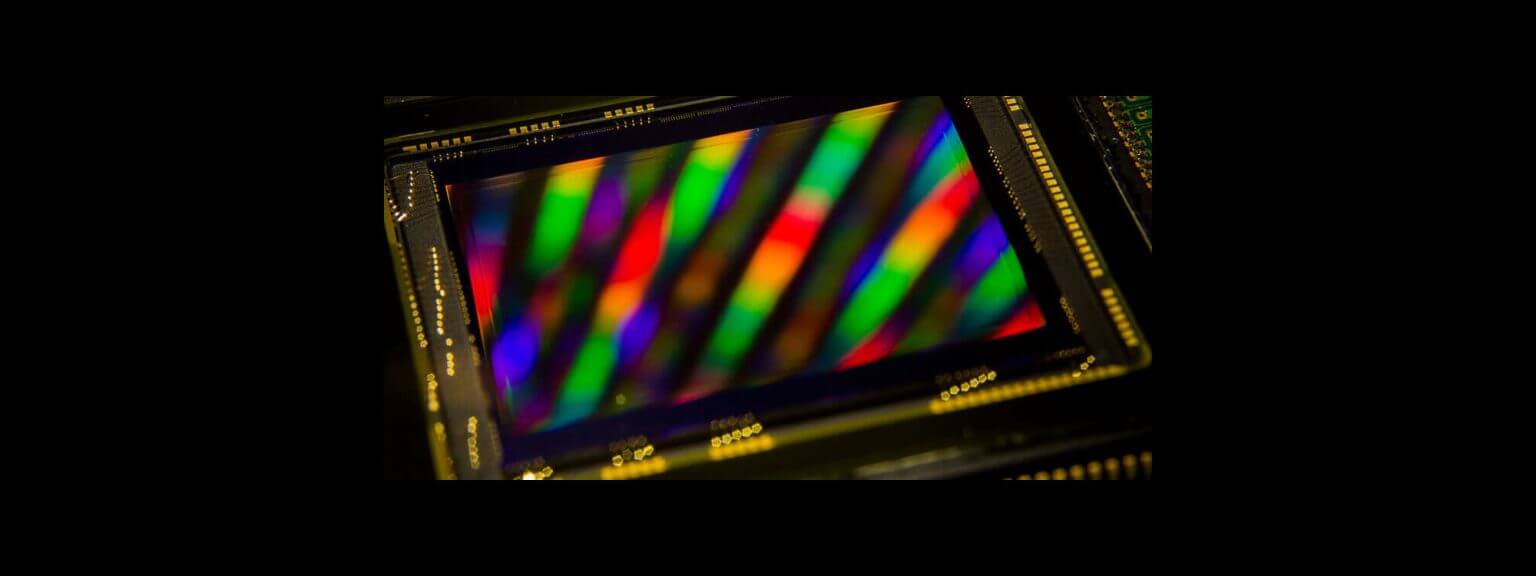In this patent application (2024-056859) Canon is looking at improving the reliability of an SPAD sensor.
A SPAD (Single Photon Avalanche Diode) sensor, operates by putting the diode into, yes, you guessed it – avalanche mode. In loose terms, that requires a high negative bias voltage (somewhere around -50 to -100 volts), which causes the avalanche current to develop. When the diode is in this state, each photon that hits the light sensitive part of the diode triggers a pulse. And this way, the diode can accurately count the number of photons that hit the diode.
This is scaled out to a sensor size, and with the significant amount of voltage required, this requires a lot more planning than a normal sensor. Consider that CMOS integrated circuits are usually powered with around 5 to 18 volts.
Canon is looking at improving the sensor reliability by stacking the sensor and removing some circuitry to a second substrate and away from the higher voltage of the diodes in avalanche configuration. They reference a prior patent and suggest that it has the following problem.
No consideration has been given to the wiring used to supply high voltage to drive the laminated avalanche diode, and the reliability of the photoelectric conversion device has not been sufficiently ensured.
So, in a nutshell, this is basically what they want to solve with this patent application. Also, in a nutshell, this patent author didn't like the prior patent.
Because of the extreme sensitivity and the fact that these sensors can pulse when a photon hits the diode, they are usually used for ToF (time of flight) or LiDAR sensors. Both of which loosely use the time from a laser pulse to the time it reflects off a surface and back onto the sensor to calculate distance. Since the speed of light is relatively constant in atmosphere, this becomes an easy process to measure a distance.
Applications for these sensors are usually for automotive, phone auto focus sensors, and other applications. They can also be used for very sensitive night vision sensors and so forth.
As with all patent applications this is a look into Canon's research and may or may not end up in any future Canon products.
Japan Patent Application 2024-056859


1 comment